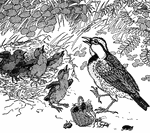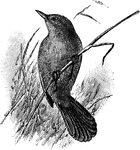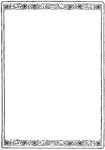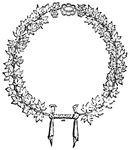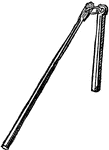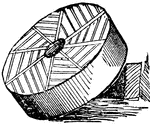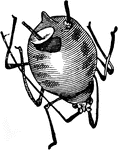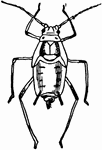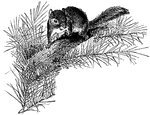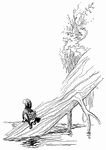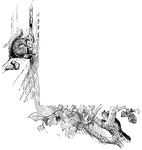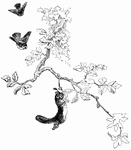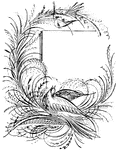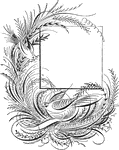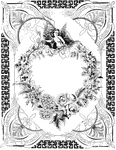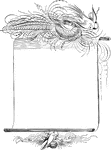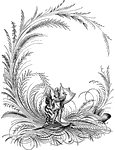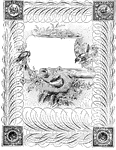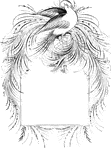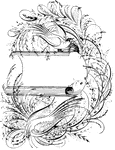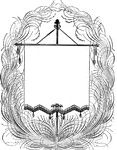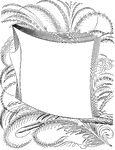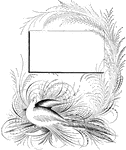
Amphora
"A jar with two handles; Among the Greek and Roman, a vessel, usually tall and slender having two handles…
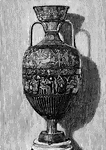
Amphora
"A jar with two handles; Among the Greek and Roman, a vessel, usually tall and slender having two handles…
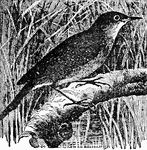
Reed Warbler
"Warbler is a popular name often applied to well-known singing birds of northern climes, whose notes…

Nest of Reed Warbler
"Warbler is a popular name often applied to well-known singing birds of northern climes, whose notes…
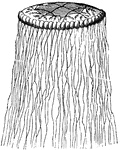
Cuvieria carisochroma
"Which is without a central peduncle, yet has numerous long appendages hanging from its border." —…

Iguana
"Iguana is a genus of saurian reptiles, natives of Brazil, Cayenne, the Bahamas, and neighboring localities…

Surface of a nail
"Concave or Adherent Surface of the Nail. A, border of the root; B, whitish portion…

Aegis
"signifies, literally, a goat skin. According to ancient mythology, the aegis worn by Jupiter was the…
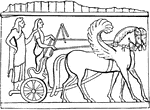
Antyx
"The rim or border of anything, especially of a shield or chariot. The trim of the large round shield…
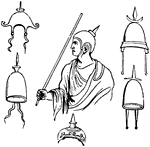
Apex
"A cap worn by the flamines and salii at Rome. The essential part of the apex, to which alone the name…
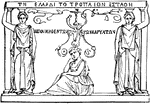
Caryatides
"Caryae was a city in Arcadia, near the Laconian border, the inhabitants of which joined the Persians…

Human Eye
The iris and adjacent structures seen from behind. 1, the divided edge of the three coats, the choroid…
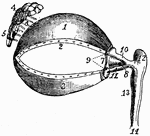
Eye Muscles
1, cartilage of the upper eyelid; 2, its lower border, showing the openings of the Meibomian glands;…
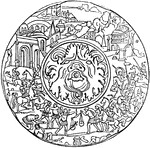
Parma
"A round shield, three feet in diameter, carried by the celites in the Roman army. Though small, compared…

Chinch Bug
The popular name of certain fetid American hemipterous insects of the genus Blissus, somewhat resembling…
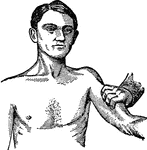
Branchial compression
"In bleeding from any part of the arm or hand the branchial artery should be pressed outwards against…
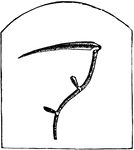
Scythe
An instrument for mowing grass, grain, or the like, composed of a long, curving blade, with a sharp…
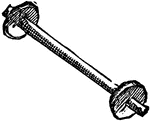
Bobbin
A small cylindrical piece of wood or metal with a border at one or both ends, on which thread is wound;…

Pitchfork
A farming utensil used in pitching or throwing hay or sheaves of grain, as into carts or wagons.

